
Chicken
Chicken
Chicken
The chicken is probably the most familiar bird to modern humans. Some people may argue that sparrows or crows are more familiar. Indeed, in the city, sparrows and crows are more commonly seen than chickens. However, if you think about your diet, you may find that you eat chicken eggs and meat more often than not. Despite the fact that chickens are so familiar, most people do not know much about their ecology. So this time, let’s learn together about the ecology of chickens.
Chicken Basic Infomation
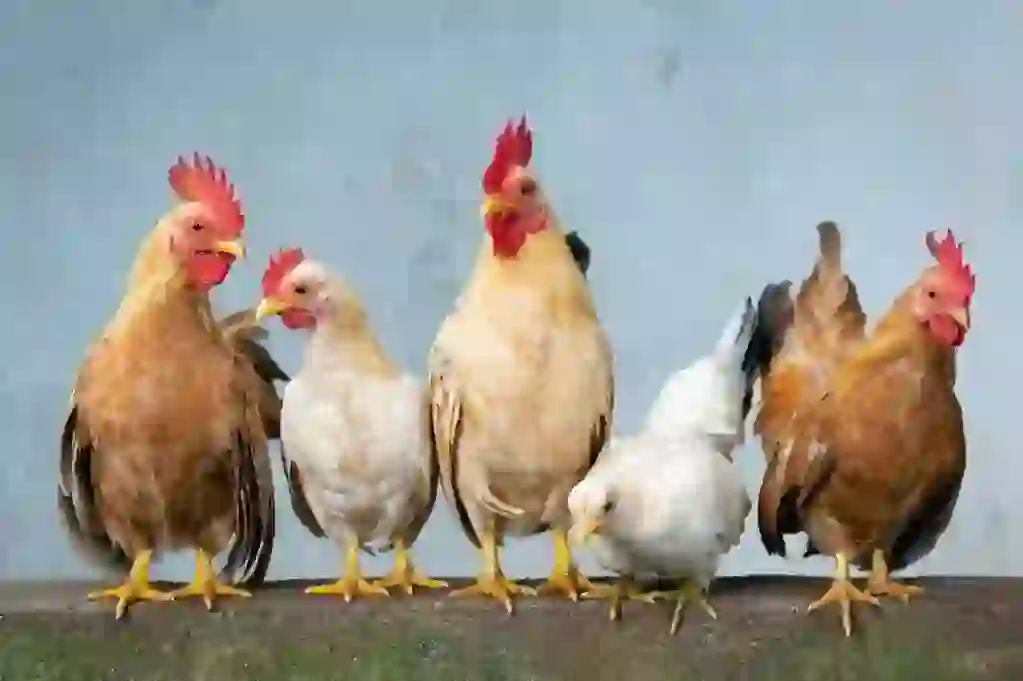
Aves Galliformes Phasianidae Phasianoidea.
Length : 50-70cm.
Speaking of the characteristics of chickens, it is their comb and wattle. They are well-developed skin structures that do not have much significance as organs. Males are generally larger than females.
Birds in the pheasant family, to which chickens belong, often have legs that are well-suited for life on the ground, and chickens are also good at living on the ground. Except for some species, chickens have four toes that are thick and impressive. They have high mobility and if you let them run around in a large area like a garden, it will be difficult to catch them.
The lifespan of a chicken is about 10 years. Some people may feel that it is longer than they thought. In the case of females, the period of laying eggs is about 1 to 1.5 years, and they do not lay eggs continuously for 10 years.
Chicks are baby chickens. They have become various characters or sweets because of their cuteness. There is little difference between male and female chicks, and it requires qualifications to distinguish them.
When keeping animals, it is necessary to follow the laws established by each country. This time, we will introduce whether it is possible to keep chickens at home in Japan. Chickens are often raised for meat or eggs, but they can also be kept as pets in general households. Since females lay eggs, it is also good to try keeping them.
However, you should not think of them as easy-to-keep animals like dogs and cats. Be sure to check the precautions and other points carefully before taking the plunge. “I tried to keep them but it was difficult so I gave up” is absolutely not allowed.
Basically, chickens are suitable for outdoor breeding. Chickens have a lot of exercise and run around when released in the garden. It will be most difficult to secure exercise because it is difficult to take them for a walk like a dog.
Also, you need to be careful about escape. Even if you think you have taken sufficient measures, the ability of animals easily exceeds human expectations. To avoid causing trouble to your neighbors, try not to take your eyes off them as much as possible.
Recently, indoor breeding has also increased. You cannot release them if you do not have a garden. If you keep them indoors, you also need to let them move around freely. A cage is also necessary, but keeping them locked up all day is a major stress for chickens. Be careful not to restrict the behavior of chickens too much for the convenience of the owner.
If you keep chickens as pets, be careful that they do not learn to use the toilet. Unlike dogs and cats, chickens do not remember the location of the toilet and relieve themselves on the spot when they feel the need. It doesn’t matter if it’s in the garden or indoors. It cannot be corrected by training, so clean it up immediately and accept that it is what it is.
Also, there are usually two types of feces: normal feces and cecal feces, and cecal feces have a pretty bad odor. Normal feces are whitish and cecal feces are brown, so you can tell them apart at a glance. If it sticks to your clothes, it is difficult to remove the smell, so be sure to take measures against the odor.
The crowing of chickens is also characteristic. They generally crow “cock-a-doodle-doo”, and you can see them crowing in the morning on TV. If you keep them as pets with a fairly loud volume, especially indoors, be considerate of your neighbors. Males crow in the morning, and females only crow when laying eggs. It might be good to know.
Chicken Q&A

Can be bred as a pet.
When keeping animals, it is necessary to follow the laws established by each country. This time, we will introduce whether it is possible to keep chickens at home in Japan. Chickens are often raised for meat or eggs, but they can also be kept as pets in general households. Since females lay eggs, it is also good to try keeping them.
However, you should not think of them as easy-to-keep animals like dogs and cats. Be sure to check the precautions and other points carefully before taking the plunge. “I tried to keep them but it was difficult so I gave up” is absolutely not allowed.
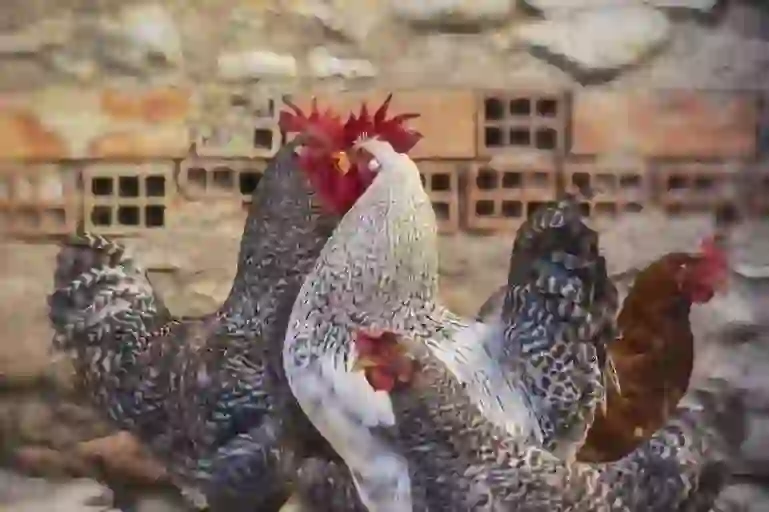
The breeding environment is important.
Basically, chickens are suitable for outdoor breeding. Chickens have a lot of exercise and run around when released in the garden. It will be most difficult to secure exercise because it is difficult to take them for a walk like a dog.
Also, you need to be careful about escape. Even if you think you have taken sufficient measures, the ability of animals easily exceeds human expectations. To avoid causing trouble to your neighbors, try not to take your eyes off them as much as possible.
Recently, indoor breeding has also increased. You cannot release them if you do not have a garden. If you keep them indoors, you also need to let them move around freely. A cage is also necessary, but keeping them locked up all day is a major stress for chickens. Be careful not to restrict the behavior of chickens too much for the convenience of the owner.

Precautions when keeping as a pet.
If you keep chickens as pets, be careful that they do not learn to use the toilet. Unlike dogs and cats, chickens do not remember the location of the toilet and relieve themselves on the spot when they feel the need. It doesn’t matter if it’s in the garden or indoors. It cannot be corrected by training, so clean it up immediately and accept that it is what it is.
Also, there are usually two types of feces: normal feces and cecal feces, and cecal feces have a pretty bad odor. Normal feces are whitish and cecal feces are brown, so you can tell them apart at a glance. If it sticks to your clothes, it is difficult to remove the smell, so be sure to take measures against the odor.
The crowing of chickens is also characteristic. They generally crow “cock-a-doodle-doo”, and you can see them crowing in the morning on TV. If you keep them as pets with a fairly loud volume, especially indoors, be considerate of your neighbors. Males crow in the morning, and females only crow when laying eggs. It might be good to know.
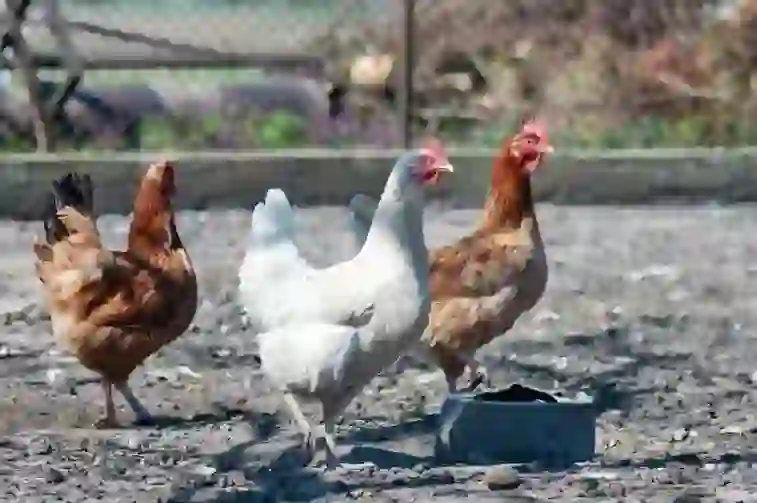
Are there wild chickens?
Modern chickens are kept by humans as a type of domesticated livestock called poultry. It is generally believed that there are no wild chickens.
It is not clear when chickens began to have a relationship with humans as domesticated livestock. However, it has been excavated from Yayoi period ruins and is said to have been introduced from the Chinese mainland around the beginning of the agricultural era.
At that time, they were kept for the purpose of knowing the arrival of morning by their crowing, and eggs and chicken meat were secondary. Nowadays, they are kept for various purposes, so it can be said that the purpose of breeding has changed significantly over a long history.
Although the purpose has changed, the relationship between humans and chickens has been long, and it is believed that there were almost no wild chickens from ancient times.
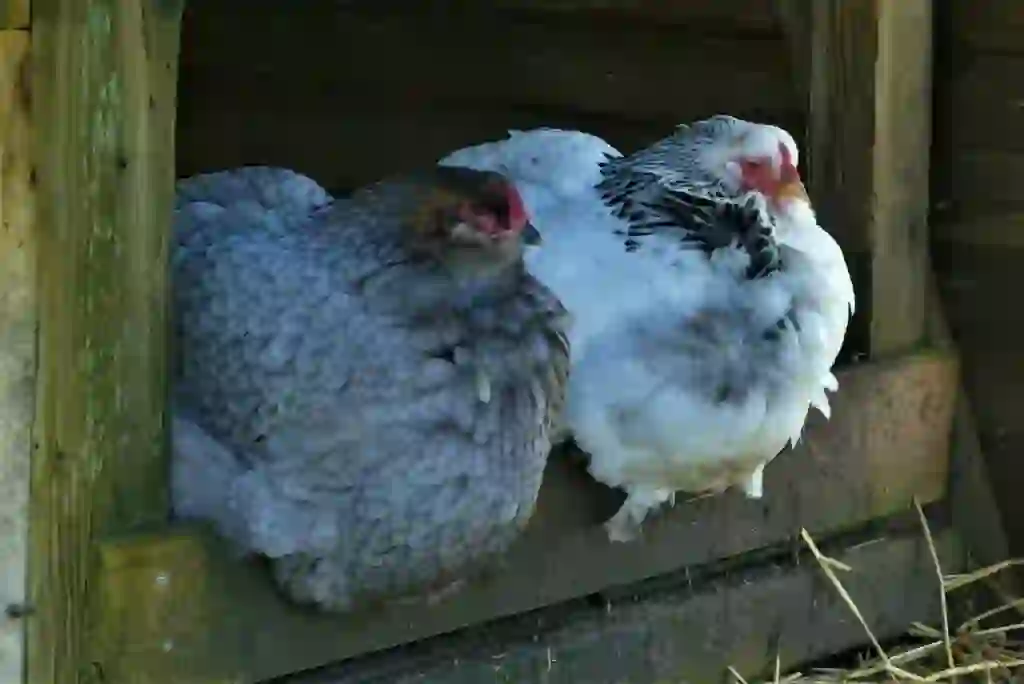
What is the origin of the name of the chicken?
In English, it is called “chicken”, but in Japanese it is actually called “niwatori”. This time, we will introduce why it is called “niwatori” in Japanese and its origin. The Japanese name “niwatori” is derived from the meaning “bird kept in the garden”. This means that it was originally a domesticated bird. It is written in kanji as “niwatori”, but it is sometimes read as “niwatori” in “ieniwatori”.
As it is a representative bird, it can also be simply called “tori”. The most famous example is chicken meat.
By the way, in English it is called “chicken”, but it was originally a word that referred only to young chickens. The word “fowl” is used to refer to the entire species of chickens.
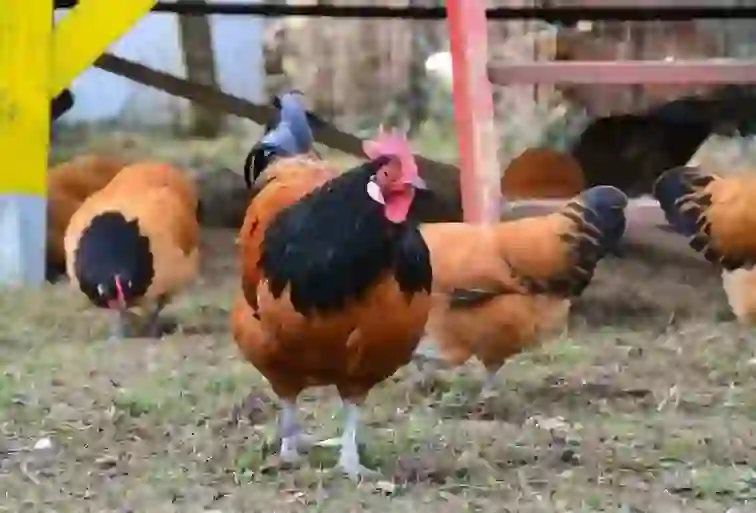
What do chickens eat?
If you keep them privately, feed is sold, but for egg-laying chickens that lay eggs every day, nutrition management is thoroughly carried out. Four main ingredients are required.
The first is grains such as corn, which are an important energy source for chickens. Most of the feed is made up of grains and has a strong influence on the color of the egg yolk.
The second is plant oil cake such as soybean oil cake, which supplies protein.
The third is calcium carbonate, and crushed limestone is fed. Calcium is necessary for the eggshell, so it cannot be neglected.
The fourth is supplements that provide vitamins and minerals. A mixture of ingredients necessary for chickens is given.
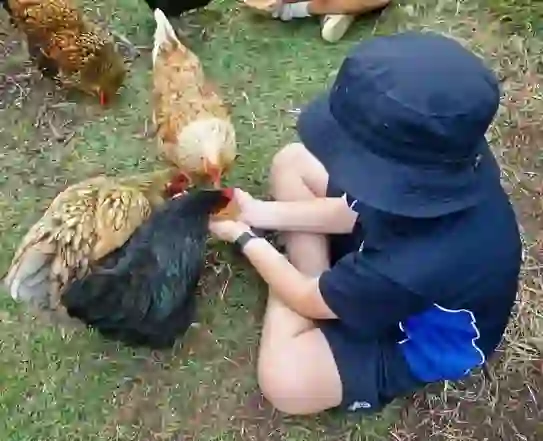
What kind of pattern is there?
When it comes to chickens, the most common ones are those with white bodies and red combs and wattles. Some people may think of those with brown bodies. However, chickens come in other colors and shapes.
Chickens have been raised worldwide for egg and meat production, but in Japan, they have also been raised for ornamental purposes. They have created many unique features such as long feathers on their tails and rich colors, and have produced many beautiful appearances.
Japanese-born breeds with distinctive appearances and cries are called “Japanese chicken”, and among the 250 breeds in the world, Japanese chicken exceeds 50 breeds.
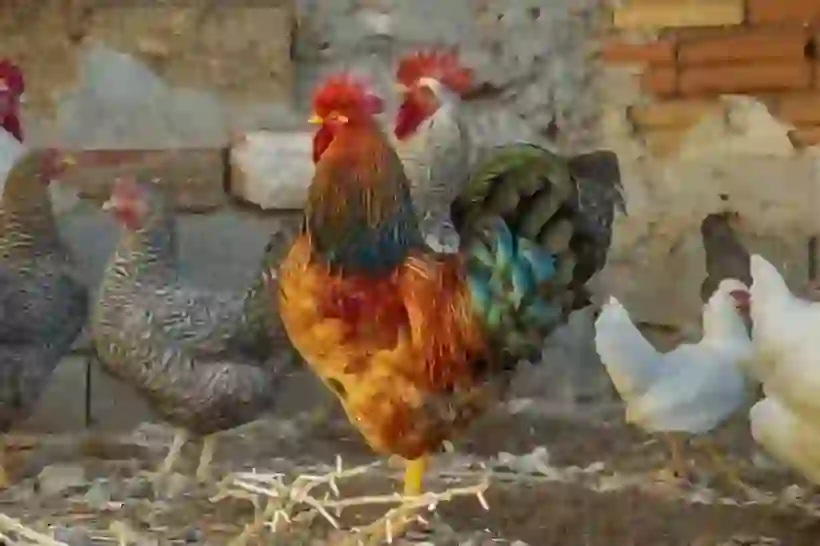
What types of chicks are there?
Chicks, which are baby chickens, are often associated with the color yellow, but there are different types of colors just like adult chickens. Black chicks and white chicks are quite sensational for those who are used to yellow chicks.
By the way, it has been said that yellow chicks are yellow because they are soaked in egg yolk. However, recent research has revealed that the pigments of chicks and egg yolks do not match, and this theory is considered to be incorrect.
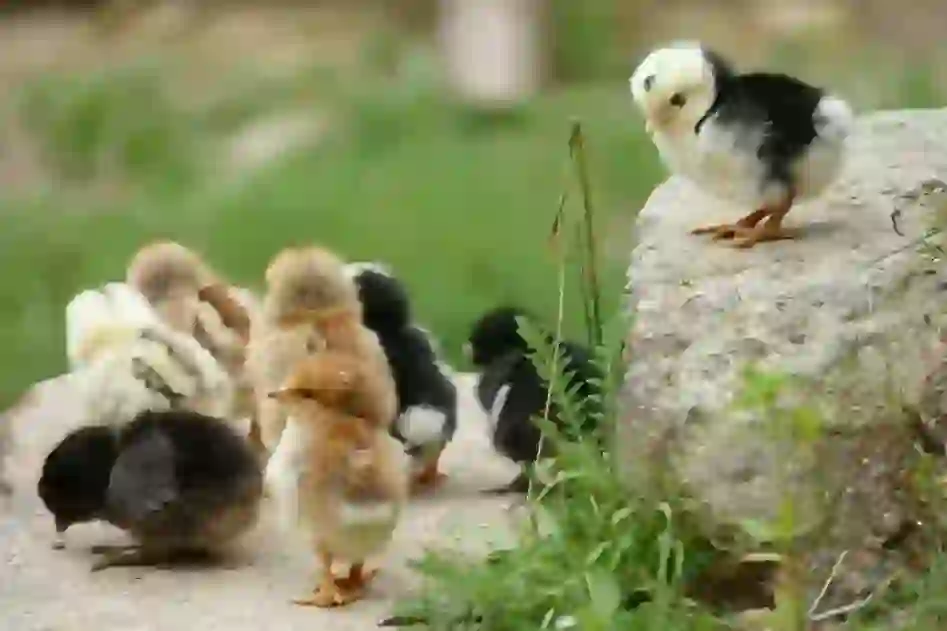
Can chickens fly?
Chickens are also famous as birds that cannot fly and actually live mainly on the ground. Unlike pigeons and crows, they cannot fly freely in the sky by flapping their wings.
However, chicken feathers are not just for decoration, and they can fly low by flapping their wings. In the case of wild individuals, they can fly a distance of several tens of meters, so they should not be underestimated.

Would you like to become a part of the 'Animalbook.jp'?
Turn your knowledge into Q&A and share it with the world. ※Publication will be activated after purchase. Let's share information together!
Chicken Type of List

Japanese Chickens
Game Fowl
- O-shamo (Large Shamo)
- Ko-shamo (Small Shamo)
- Yagido Chicken
- Kinpa Chicken
- Yamato Game Fowl
- Nankin Shamo
- Etchigo Nankin Shamo
Local Chickens
- Tosa Jidori (Tosa Local Chicken)
- Mie Jidori (Mie Local Chicken)
- Gifu Jidori (Gifu Local Chicken)
- Iwate Jidori (Iwate Local Chicken)
- Sado Hige Jidori (Sado Bearded Chicken)
- Aizu Jidori (Aizu Local Chicken)
- Ehime Jidori (Ehime Local Chicken)
- Tokuji Jidori (Tokuji Local Chicken)
- Ryuujin Jidori (Ryuujin Local Chicken)
- Tsushima Jidori (Tsushima Local Chicken)
- Tokara Jidori (Tokara Local Chicken)
Long-Crowing Chickens
- Koeyoshi Chicken
- Shokkei (Toumaru Chicken)
- Toutenko Chicken
Practical Improvement Chicken Group
- Nagoya
- Mikawa
- Izumo
- Tosa Kuki
- Miyaji Dori (Miyaji Chicken)
- Kumamoto
- Amakusa Daio (Amakusa Emperor)
- Ingi Chicken
Others
- Shoukoku
- Silkie (Ukokkei)
- Chabo (Dwarf Chicken)
- Gandori
- Hinai Dori
- Shiba Chicken
- Minohiki Chicken
- Kawachi Yakko Chicken
- Banshu Akakashiwa
- Kurokashiwa (Black Chicken)
- Tosa's Onagadori
- Minohiki Chabo
- Uzura Chabo (Quail Dwarf Chicken)
- Kurekodori
- Jizuri Chicken
- Jitokko Chicken
- Satsuma Dori
- Chan
Overseas Breeds
- Leghorn
- Minorca
- Plymouth Rock
- Rhode Island Red
- New Hampshire
- Light Sussex
- Cornish
- Australorp
- Araucana
- Polish
- Cochin
- Phoenix Bantam
- Cochin Bantam
- Seabright Bantam
- Modern Game Bantam
- Silky
- Brahma
- Hamburg
- Langshan
- Danish Hen
- Dandaradi
- Fayoumi
- Ameraucana
- Welsummer
- Cinnamon Queen
- Easter Egger
- Ancona
- Buff Orpington
- Barnevelder
- Delaware
- ISA Brown
- Marans
- Wyandotte
Commercial Breeds
- Broiler
- Boris Brown
- Layer
JAS Local Chickens
- Tokyo Silkie (Tokyo Ukokkei)
- Awaodori
- Miyazaki Jitokko
- Satsuma Local Chicken
- Nanbu Dori
- Hinai Local Chicken
- Date Dori
- Daisen Jidori
- Nagoya Cochin
- Tosa Jiro
- Petit Coco
Information
Congratulations! You are the first commenter!

Create Your Favorite List!
Chicken
Save the animals you love! Build your own list to quickly revisit your favorites later.

Would you like to leave a comment?
※Please note: This is for the purchase of rights to post comments within the article.
Find Your Favorites!
Our shop offers a unique and attractive selection of goods themed around various animals.
Chicken References
Chicken Introduction of media used
出典:https://pixabay.com/videos/id-44626/

出典:https://pixabay.com/images/id-4849979/

出典:https://pixabay.com/images/id-4753298/

出典:https://pixabay.com/images/id-374128/

出典:https://pixabay.com/images/id-4162969/

出典:https://pixabay.com/images/id-4962024/

出典:https://pixabay.com/images/id-6008561/

出典:https://pixabay.com/images/id-3679039/

出典:https://pixabay.com/images/id-5046896/

出典:https://pixabay.com/images/id-2652695/
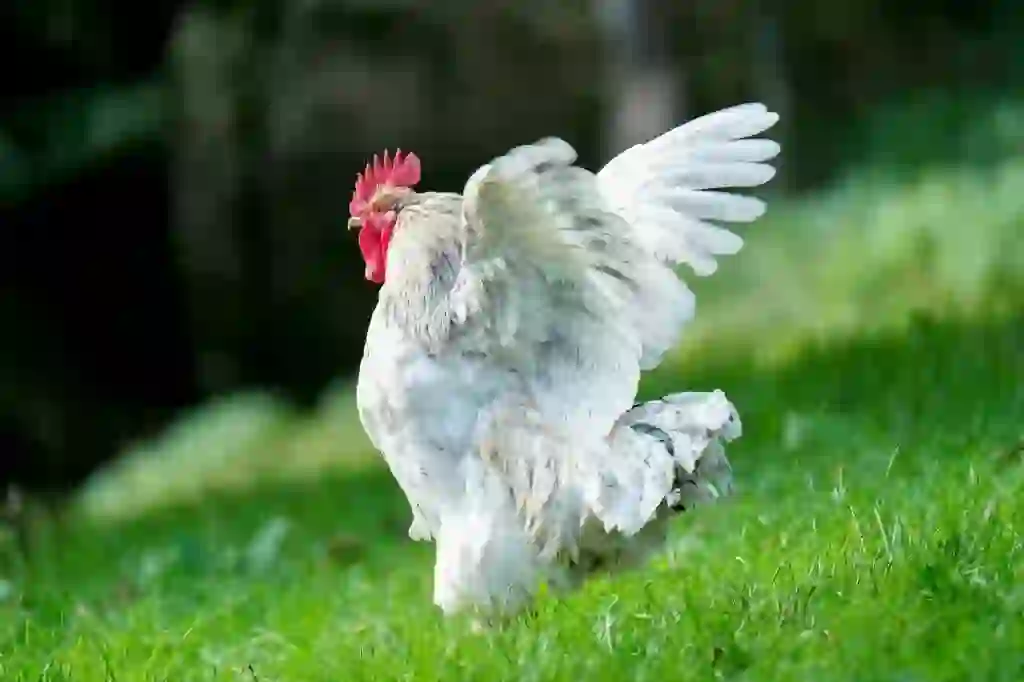
出典:https://pixabay.com/images/id-5748524/

Help Enrich Our Animalbook.jp with Your Media!
We are constantly looking to expand and enrich our Animalbook.jp with amazing photos and videos of animals. If you have any media that you'd like to share, please contribute and help us showcase the beauty and diversity of the animal kingdom. Your submissions will be credited and featured in our encyclopedia, reaching a wide audience of animal lovers.


















